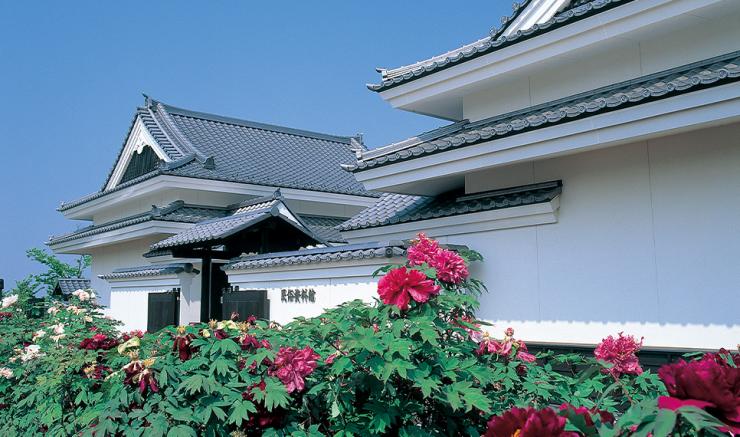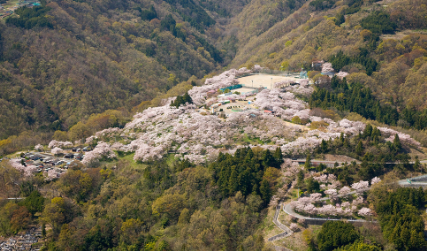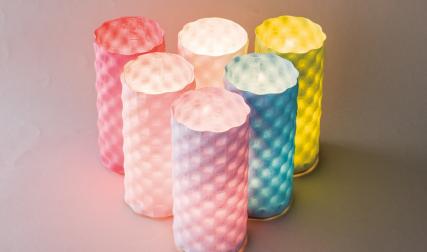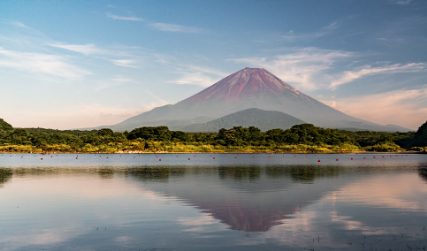Kabuki Bunka Park
Main content starts here.

Kabuki Bunka Park represents Japan’s most emblematic theatrical form. The beautiful, 20,000-square-meter space, harmonizing with the surrounding hills, houses a kabuki theater as well as two museums dedicated respectively to kabuki culture and the history of the town of Ichikawamisato.
Casual visitors might be intrigued by the choice of location: kabuki is known as the urban theater of Edo-era Tokyo (1603-1868). The reality is that, despite being dominated by tales of big city intrigue, kabuki also has roots in small towns across Japan. Ichikawamisato is foremost among these, as the original home of one of the most distinguished lines of kabuki actors, the Ichikawa Danjuro family.
The park’s Kabuki Shiryokan museum, through fascinating exhibits as well as an immersive 3D video, tells how this family rose to prominence, coming to exert great influence upon the evolution of the artform. A succession of actors would be given the revered Ichikawa Danjuro stage name; mostly from the same bloodline but occasionally adopted into the clan. Ichikawa Danjuro is most closely associated with “The Flower of Edo,” a play set in Tokyo’s traditional red-light district Yoshiwara.
Costumes, props, and other artifacts bring to life the drama conjured up onstage by Ichikawa Danjuro—a name held by twelve generations of actors so far—and other contemporaries. The museum houses Japan’s largest collection of kabuki materials related to Ichikawa Danjuro.
In whole, the Kabuki Shiryokan posits kabuki as a direct expression of kindness and consideration. After exiting the museum, the peaceful park lends itself well to contemplation of these valuable human traits.
Category
Share
Venue Address
409-3612 Ueno, Ichikawamisato-cho, Nishiyatsushiro-gun
-

Nature & Outdoors
-

Attractions
-

Nature & Outdoors
Home of Mt. Fuji > Uncover > Kabuki Bunka Park